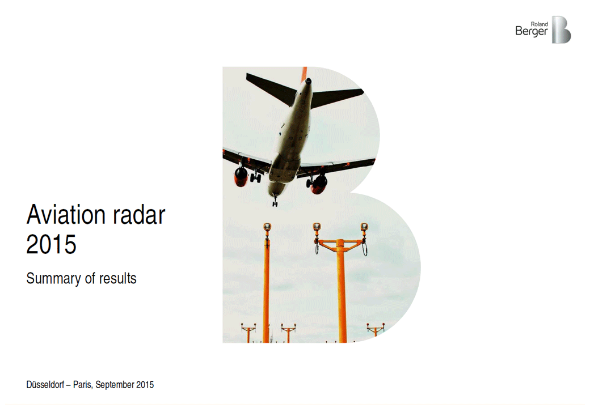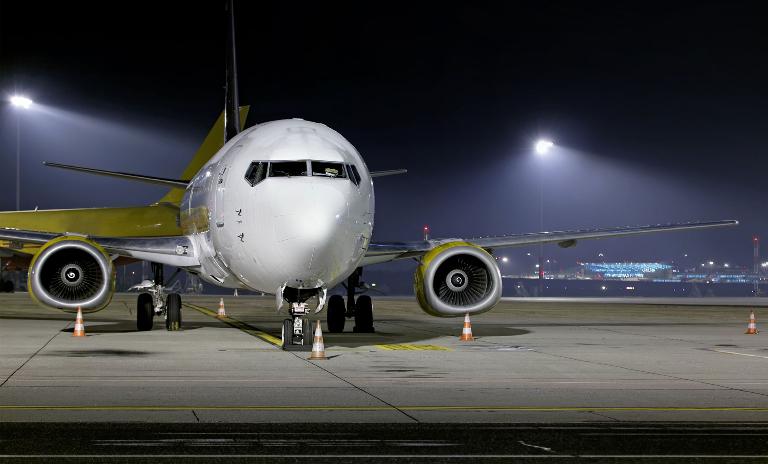Aviation Radar 2015
![{[downloads[language].preview]}](https://www.rolandberger.com/publications/publication_image/roland_berger_aviation_radar_2015_20151002_1_download_preview.png)
While airlines and airports remain very much interdependent, they are following their own development paths and face their own challenges.


2015 looked to be an excellent year for the aviation industry. Not only were fuel costs stable, but pax volume was expected to grow while non-fuel costs either decreased or remained unchanged. Yet, earnings remained under pressure due to a number of persistent structural issues such as over-capacity, increasing competition, and price-sensitive customers. Jointly hosted by Roland Berger, the DLR, and the RWTH Aachen University, the Aviation Convention 2015 brought high-caliber speakers and aviation managers together in an international platform to exchange ideas and discuss both future trends and current issues such as these. The ideas discussed at this event are the focus of our publication Aviation Radar 2015.
Where can the aviation industry go next? We discovered that while airlines and airports remain very much interdependent, they are following their own development paths and face their own challenges. Airports are changing their business models, integrating five key development axes into their strategy and focusing on upgrades, improvements, and customer-centric and digital services. They are not, however, fully exploiting the potential of their maturity through associated additional revenue streams. Around 40% of airports don’t have a CRM tool, few have a big data approach, and there is still room for improvement in digital services. Airlines, on the other hand, remain focused on cost-cutting measures and are not fully utilizing airports’ offers nor seeing the full potential of their big data and customer-centric investments. From all sides, the approach needs to be redefined.

We recommend a SmartData approach in which both airports and airlines push together towards more digital and customer-centric solutions. This approach rests on three pillars: customer-centricity, digitization, and multi-channel. Using 3A service (Anytime, Anyway, Anywhere) and bespoke interactions, customer experience will improve—and loyalty won. Customer insight based marketing approaches, such as push actions, can help offer superior customer value which, especially when coupled with better operating performance, can help retain that loyalty. Finally, enhanced marketing capabilities can improve return on those investments, creating higher brand value and higher brand proximity.

![{[downloads[language].preview]}](https://www.rolandberger.com/publications/publication_image/roland_berger_aviation_radar_2015_20151002_1_download_preview.png)
While airlines and airports remain very much interdependent, they are following their own development paths and face their own challenges.